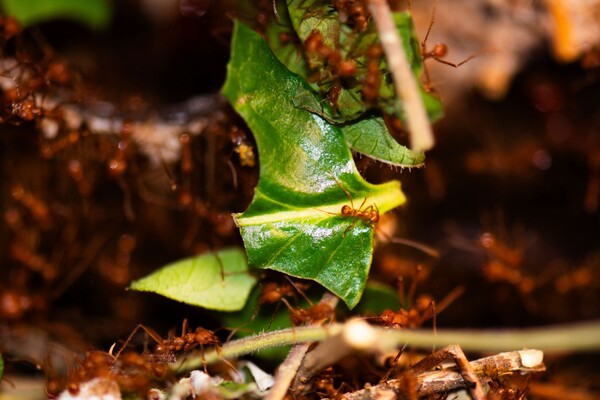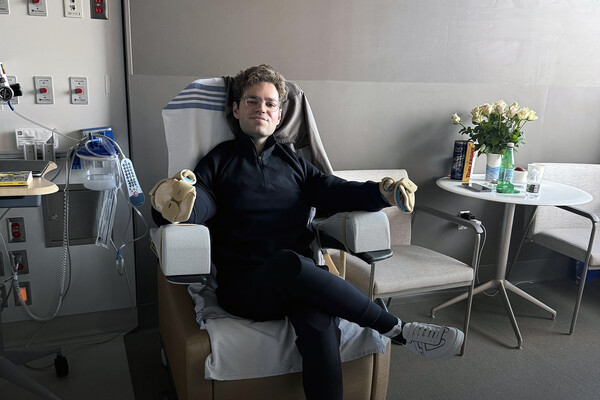A boy’s hands were amputated when he was 12. Now 29, he feels ‘whole again’ following a double hand transplant: ‘Medical marvel’
A young Swiss man returns to Penn Medicine after receiving a double hand transplant.
Are you getting the best deal? Try this hack when grocery shopping
Barbara Kahn of the Wharton School says that taking a closer look at the unit price of an item can help people decide whether buying bigger or store brand provides the best value.
More than five million men might have an autoimmune disease. Most don’t even know it
Brian Capell of the Perelman School of Medicine says that sex chromosomes may be a key reason for higher rates of autoimmune disease in women.
The gardens are coming to life at the future Calder Gardens
James Corner of the Weitzman School of Design discusses the artistry of landscape designer Piet Oudolf.
A bold idea to raise the birthrate: Make parenting less torturous
Corinne Low of the Wharton School questions how to solve the conditions making it hard for American women to have children.
Does the color purple really exist?
Elizabeth (Zab) Johnson of the Wharton School says that color is entirely the process of human neural machinery.
Dolores Albarracín: ‘If you don't listen, you have no risk of changing’
PIK Professor Dolores Albarracín is spotlighted.

In eusocial superorganisms like leafcutter ant colonies, labor is divvied up according to body shape and size, but PIK Professor Shelley Berger and her team discovered that molecular signals can override that blueprint. Their findings reveal how simple neuropeptides can reprogram ant behavior, reshuffling roles in nature’s most disciplined workforce.
(Image: Courtesy of Tierney Scarpa)
What can ants and naked-mole rats teach about societal roles?

(Image: Courtesy of Luka Krizanac)
‘The most human gesture’ brings the gift of a hand transplant at Penn Medicine
How to better brainstorm with ChatGPT in five steps
A study by Christian Terwiesch of the Wharton School and colleagues finds that the results of generative AI brainstorming can be surprisingly alike with just slight variations, limiting the pool of diverse responses.